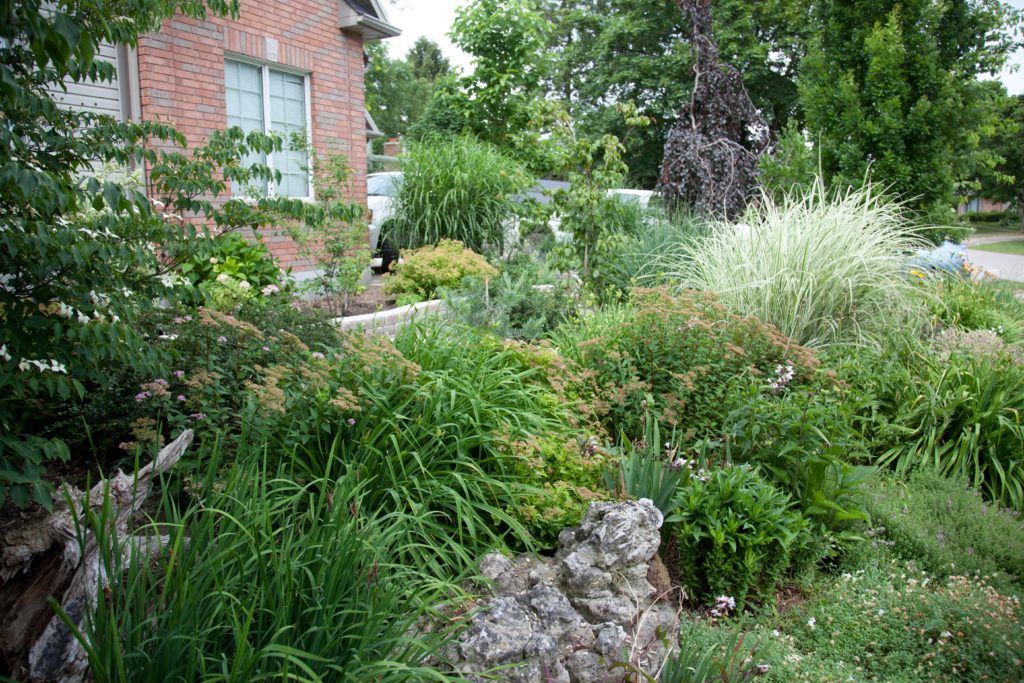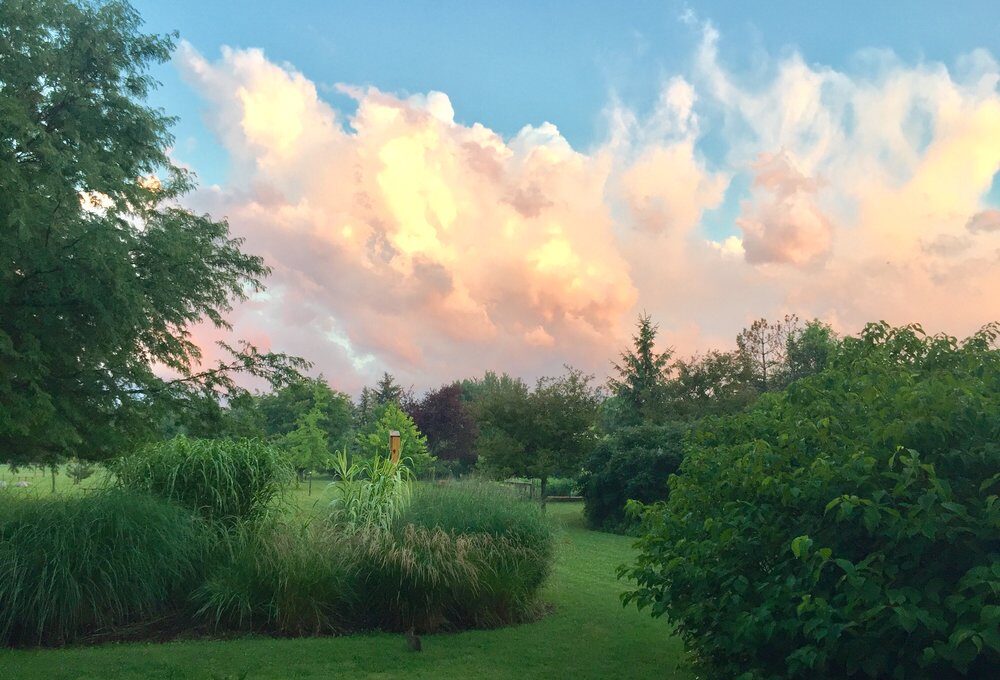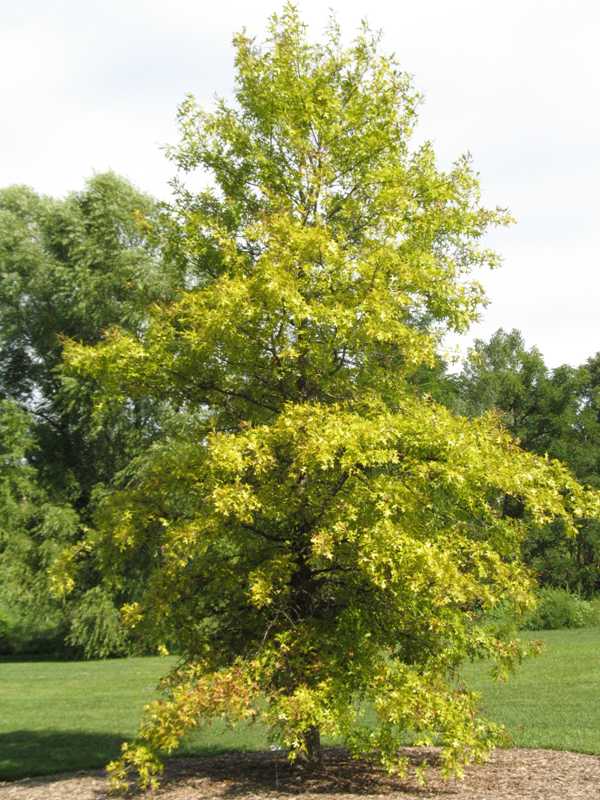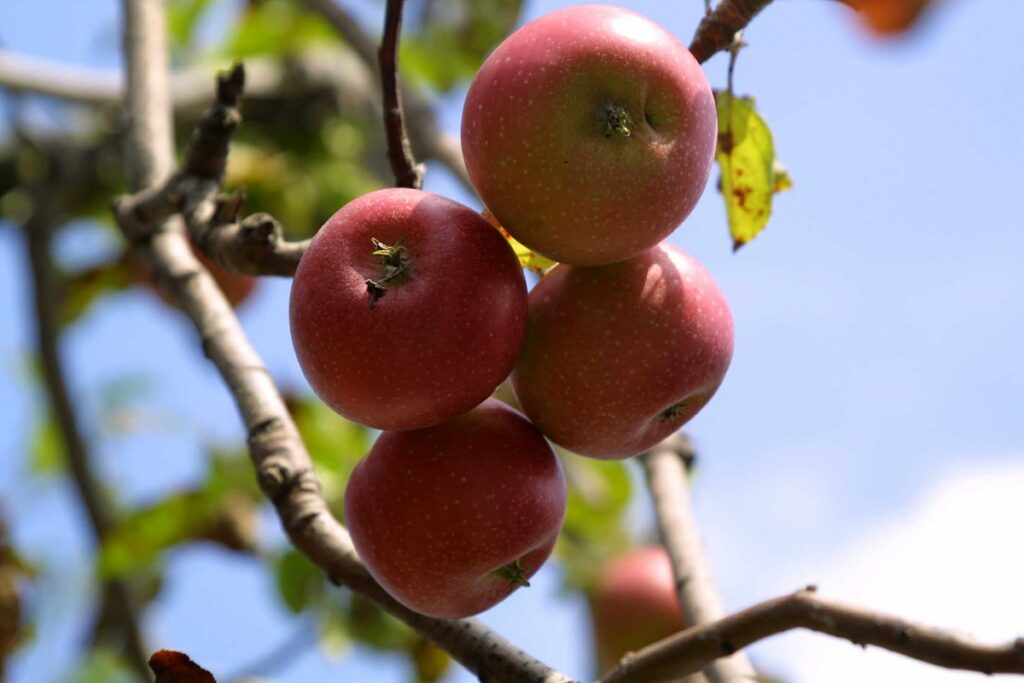
Q. Help!
I’m looking for some advice about a garden makeover. I’m relatively new at this and my garden is presenting some major problems.
I think there are three main problems with my garden: it is full of various kinds of invasive plants, some of which came with the house, others that I unknowingly put in; the soil is largely clay; and it is now too big. There are many large trees in this area and, preferring mostly sun-loving flowers, I expanded the garden on a yearly basis trying to chase the sunlight. At this point, the periwinkle (which I do love) has really taken over and has choked out a lot of plants. Gardening has become more of a struggle than a joy and it’s pretty overwhelming at the moment.
My goal is to have an English-type perennial garden and to learn how to have some flowering in every season. I’d like my small front garden to be fairly low maintenance. It’s the only area that has six or so hours of sun beginning about mid-day. My more private back yard has two or three hours of sun in most spots and I enjoy much more of my time there. I’m not physically able to do as quite as much as previously but like to garden. I would be glad to pay for some of the heavier tasks to be done by a knowledgeable person but cringe at the cost and thought of landscapers and have had some poor results with a couple of people that I hired in the last few years.
Any suggestions would be wonderful.
A. Tips for planning your garden makeover
Gardening is about personal preference and determining what you want from a garden. And then some trial and error. Tackling an overgrown area can be a little overwhelming at first, so the first step is always to think about some goals …what you want to achieve with your garden.
You seem to have a good idea of what you want and have already answered most of the key questions – Is each area shady, or sunny? How large? How much time do I have to spend on gardening? Do I plan to do the work myself or hire someone? Now you can break it down into steps to determine where to start.
Every garden is a personal choice, so unless you get lucky and find a landscaper or gardener with the same taste as yourself, you may not be entirely happy with the end result. A wide-open question like “what would you suggest?” will get you a variety of answers, depending on the person’s preferences and garden styles. It can be informative to ask some friends and family – I guarantee you will get a variety of answers! It’s important to have some idea of what you want (and it sounds like you do) with a couple of plant suggestions and even a couple of pictures from magazines of the style you like. Keep reiterating the fact you want a low-maintenance garden – that is key to your enjoyment in the future. This is where many people become dissatisfied as they take on more work in the garden than they want. All gardens require some regular maintenance! Watch out for landscapers with great ideas that will cause you hours of upkeep. They are not the ideas for you!
For you I think the next step is to remove invasives and rejuvenate your beds.
Periwinkle is indeed a lovely plant although very invasive if you don’t keep it under control. For your back garden, I would suggest clearly marking all the current plants you want to keep, then hiring someone to come in and take out all the periwinkle and re-edge the gardens to the shape you want. Have them top the beds with a thick layer of good compost or triple mix and finally add mulch around shrubs and trees. This will give you a relatively clean slate to start over, this time working with the mature trees in your backyard and using shade plants. It also allows you the luxury to rebuild your garden at your pace, researching the different plants available and those that you like.
Now you can add plants over time, while at the same time enjoying your backyard.
Although not as showy as a sunny flower bed, a shade garden can be just as nice if done correctly – and it will avoid you chasing the sunlight! A suggestion is to focus on shade plants with a variety of textures – since shade plants are known for their foliage, not their flowers. Some examples include astilbe (perfect for clay as they like moisture), hellebores, hostas, ferns, and coralbells. Adding a couple of shade-tolerant shrubs would also give you year-round interest. A few noninvasive ground covers include Mayapple, wild geranium, sweet woodruff, and wild ginger – all of which are shade tolerant. You can also plant some spring bulbs this fall to start next year off with some blooms.
Your front bed has sun, so sounds like you have a few more options. Again, once you decide on a shape, you can add flowers over time. Some shrubs are really important for foundation plants and year-round interest out front.
Those are just some basics to get you started. Happy renovating!






About The Author: Armstrong
As an author and editor, Linda directs her lifelong love of nature and plants to concerns about our environment and how we can do better. In addition to decades of gardening experience, and training as a master gardener, Linda focuses on learning from leading science-based educators and writers, and in the process finds that she uncovers many gardening myths.
More posts by Armstrong